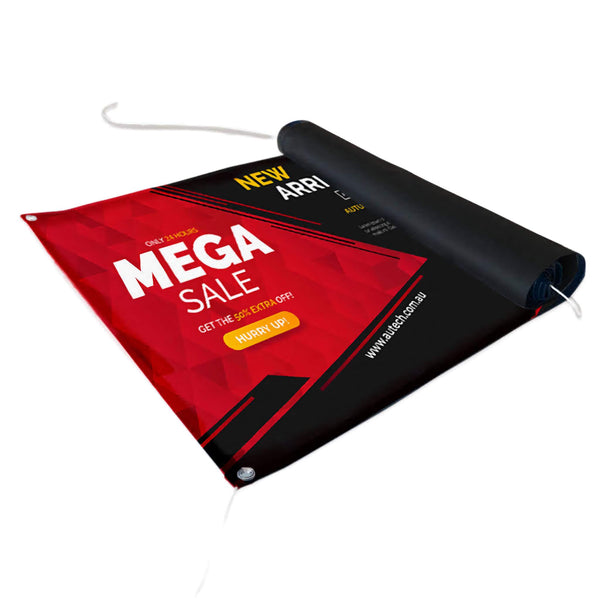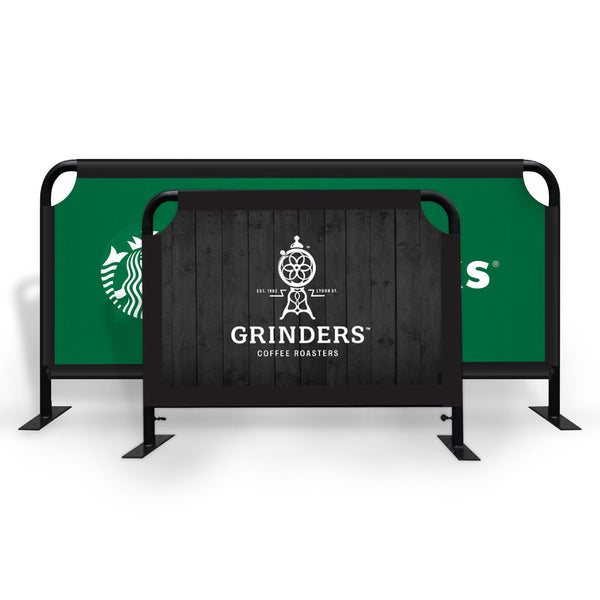The Do’s and Don’ts of Vinyl Printing

Vinyl printing for brands can be a very challenging task as most brands are very specific about their requirements. The print shop owners have to be extra cautious with the vinyl printing job for banners and signs, as they need to withstand the rigorous effects of rain, sunlight and snow.
A little carelessness can waste a big amount of money and other resources. This is where we come in to help save the day. We have covered all the key do’s and don’ts of vinyl printing to avoid common mistakes. Take a look.
The Do’s of Vinyl Printing
1. Do Choose Quality Material
High-quality material might be heavy on the pocket but they create better and durable print results. Make sure to choose the print media that is suitable for the ink being used. Curl-free vinyl banners a make a huge difference in your vinyl printing results. They accept the ink more willingly. Moreover, curl-free material is essential for retractable banners that are only put up seasonally and rolled up rest of the year.
Ink compatibility between your banner media and printer is also important for the quality of print. High-quality materials are widely compatible with all the inks so those little extra bucks can prove to be beneficial in the long-run.
2. Do Keep an Eye on Dot Gain
Dot gain is a term used in printing to describe the texture on the surface of the vinyl media. Texture is vital for the vinyl printing. Higher dot gain is required for screen-printed banners but it doesn’t look nice when processed from modern inkjet printers used for vinyl printing.
3. Do Convert your Files on CMYK
Vinyl printing is very specific about color boldness as the sunlight falling on the banners can dampen it and result in a faded color. The difference between the ratios of RGB and CMYK color system used for vinyl printing determines the quality of printing.
RGB is an additive color system by which lights are mixed together to create the color you see on your computer screen. By adding more light, the colors look more vibrant. Compared to this, CMYK is a subtractive color system which subtracts ratios of colors from black to create tones. By converting your design files into CMYK the outdoor printed banners can become easily readable.
The Don’ts of Vinyl Printing
1. Don’t Choose a Low-grade Vinyl
A low-grade vinyl is usually limp and flexible. It is not designed for roll-to-roll inkjet printers. Vinyl printing requires a heat element that can soften the low-grade material further, reducing the print quality. If low-grade vinyl banners are used, it results in tracking issues, wrinkling, jamming and head strikes.
2. Don’t Forget the Bleed
When your banner involves designs that extends end to end on the printing surface, don’t forget to add the bleed to it.It will help improve the alignment and spacing-related issues when it’s time to print the banner. A design without bleeding can result in cut off graphics which can lead to the hassle of reprinting.
3. Don’t Underestimate Proof-reading
Show your design to various people before you set it for printing. Proofreading ensures no spelling mistakes or grammatical errors that may be ignored while designing. Banners with spelling mistakes look very unprofessional and send out a non serious image of the brand.
Vinyl printing can be a part of an effective advertising strategy, provided that special materials and expertise are used to do it the right way. Discover more reasons to use vinyl banners for your business promotion in our guide, 5 Benefits of Using Vinyl Banners.




